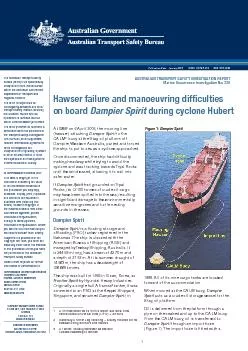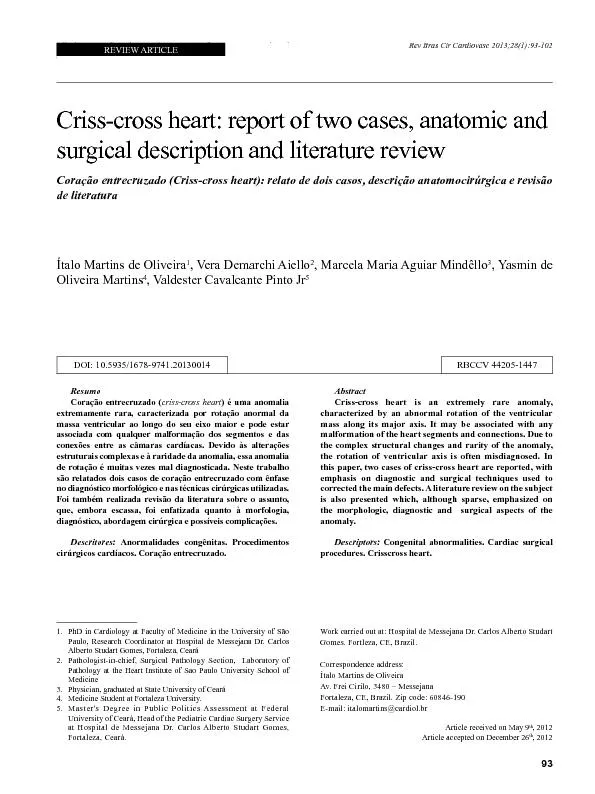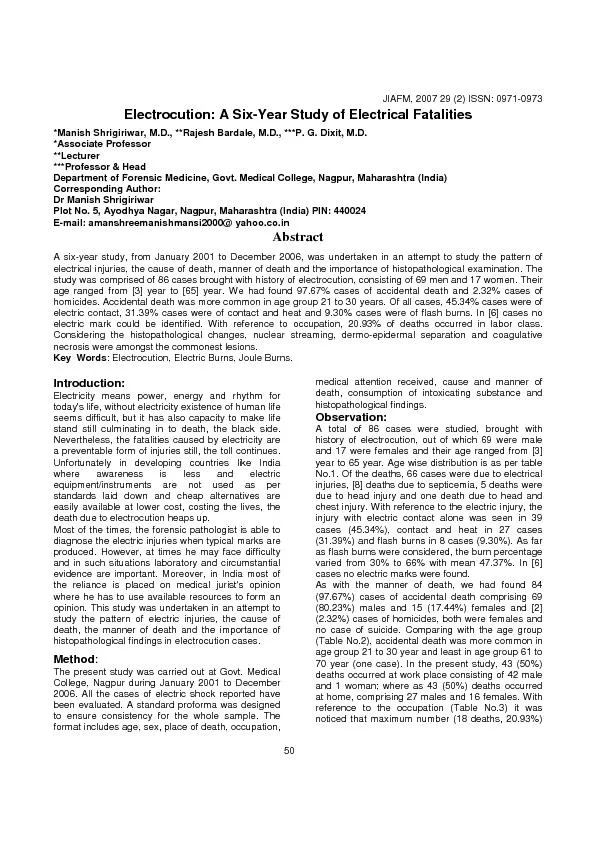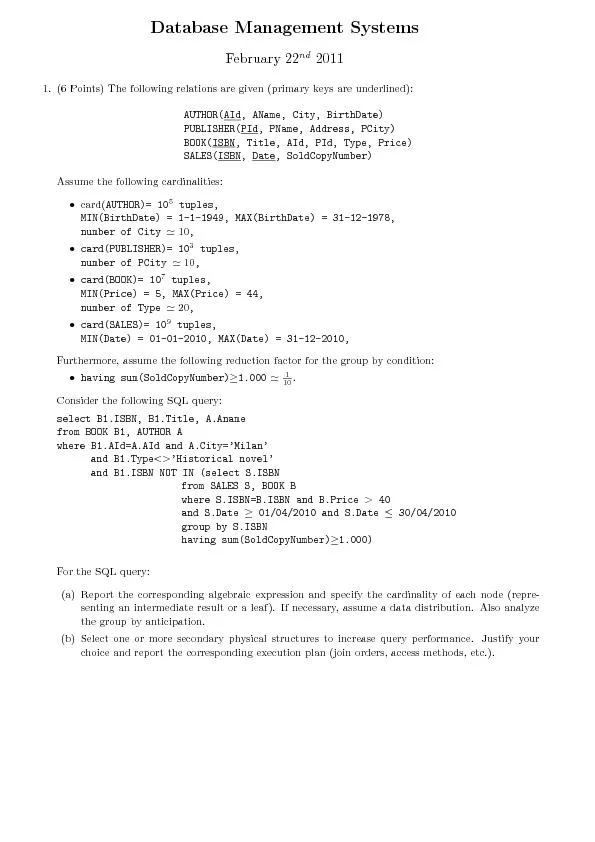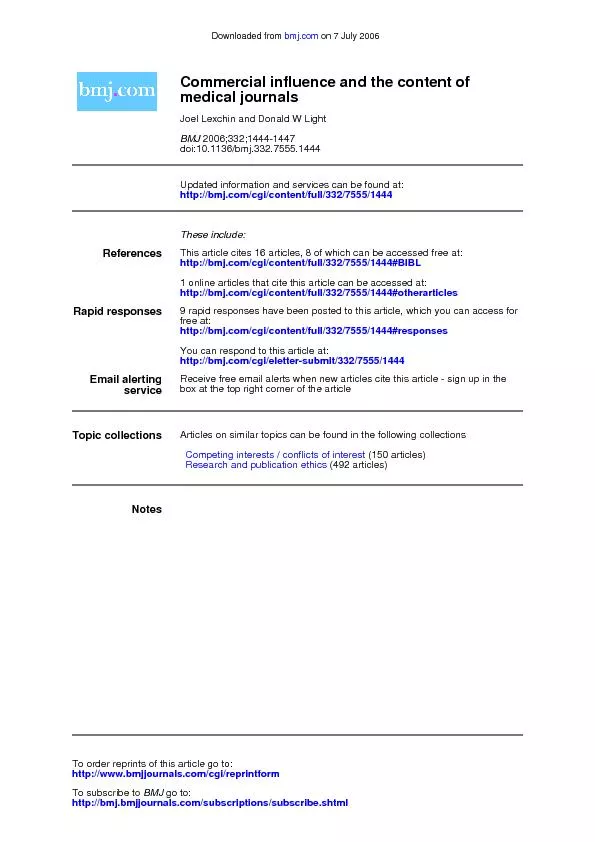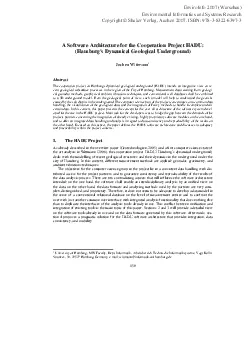PDF-Publication Date: January 2007 ISBN 1 921164 31 X ISSN 1447-087X ...
Author : sherrill-nordquist | Published Date : 2015-08-05
The Australian Transport Safety Bureau ATSB is an operationally independent multimodal bureau within the Australian Government Department of Transport and Regional
Presentation Embed Code
Download Presentation
Download Presentation The PPT/PDF document "Publication Date: January 2007 ISBN 1 92..." is the property of its rightful owner. Permission is granted to download and print the materials on this website for personal, non-commercial use only, and to display it on your personal computer provided you do not modify the materials and that you retain all copyright notices contained in the materials. By downloading content from our website, you accept the terms of this agreement.
Publication Date: January 2007 ISBN 1 921164 31 X ISSN 1447-087X ...: Transcript
Download Rules Of Document
"Publication Date: January 2007 ISBN 1 921164 31 X ISSN 1447-087X
..."The content belongs to its owner. You may download and print it for personal use, without modification, and keep all copyright notices. By downloading, you agree to these terms.
Related Documents

